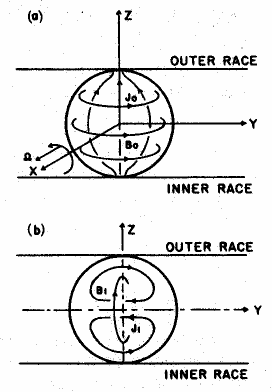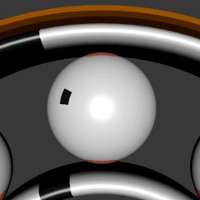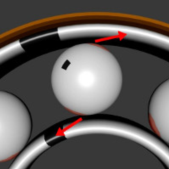Projects:2020s1-2430 The Ball Bearing Motor Mystery
Contents
Project team
Honours students
- Fengyuan Zhan
- Liam Martin
Supervisors
Advisors
Project guidelines
- ()
General project description
The ball bearing motor is a mystery because to this day no engineer knows how it works! No one understands the physical principle at all. Doing some experiments is necessary to investigate this motor and why it is that it rotates. Understanding the principle is important. It may not be useful for large motors, but it may be interesting for micromotors and micropumps that have numerous applications.
Abstract
()
Aim
Background
Topic 1
Method
The principles of the motor are still a mystery in academia. There are still many disputes on how the motor works. Three main theories are the most popular and all of Them will be shown below.
Electromagnetic effect
The earliest theory ‘Electromagnetic effect’ is raised by Gruenberg in 1977. It states that each single ball has primary volume current density J0 and primary magnetic field B0 when connecting current sources. When the ball is moving caused by shaft spinning, a new current density J1 and related magnetic field B1 will be produced in the new position. The interaction between J0 and B1 as well as interaction between J1 and B0 will force the ball to move to further position then drive the shaft spinning, and produce further current density and magnetic field then create a new force. This cycle is responsible for the continuous rotation of the shaft.
Based on the analysis of the electromagnetic effect theory, the motor torque is proportional to the angular velocity and the squared value of the supply current.
Thermal expansion
The theory ‘Thermal expansion’ is purposed by Marinov, indicated that “the ball bearing motor is not an electromagnetic motor but a thermal engine.” When the current go through the whole circuit in ball bearing, the contact points between balls and races will have high temperature due to the high resistances. It leads to the expansion of contact points, and further changes the shape of balls into a slightly ellipse but not staying in a circle. With an initial torque, the ellipse will rotate to a new position and new contact points will be expanded to complete the next movement cycles.
Plasma discharge


